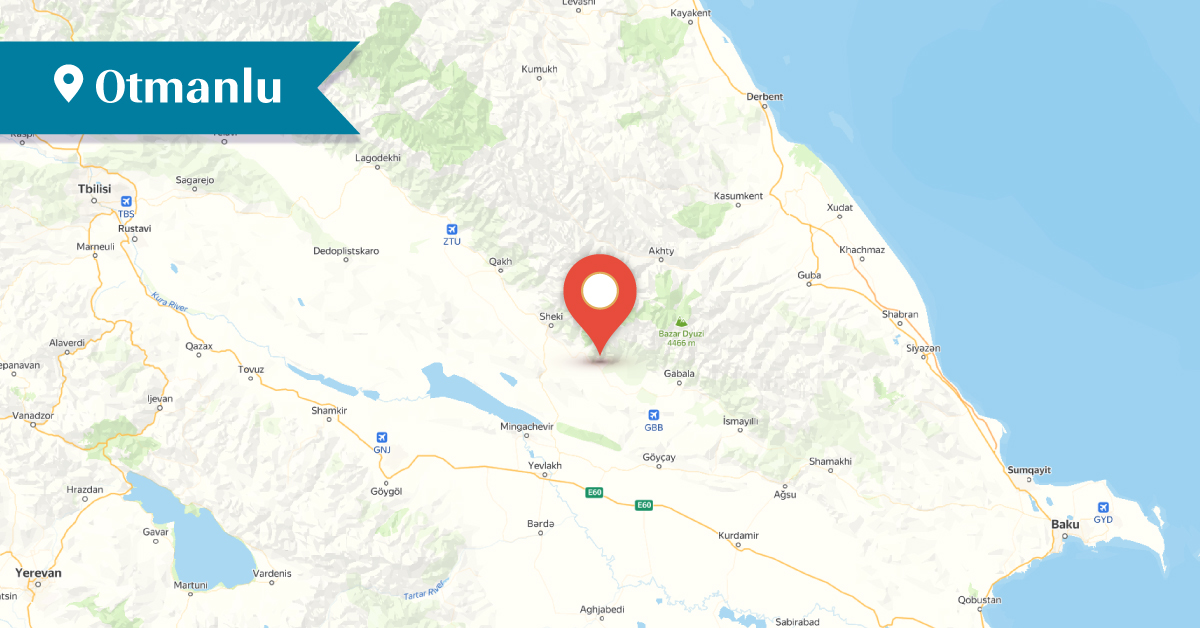2025
2025
2024-12-16

Until 1918, Otmanlu was one of the Armenian-populated villages in the Vardashen district (renamed Oghuz in 1989). It was located 8-9 km southwest of the district center and. The village's inhabitants had relocated there from the village of Pashnchagh in the Shaki district.
According to the notable ecclesiastical figure and topographer Archbishop Sargis Jalalyants, in the mid-19th century, Otmanlu consisted of 30 exclusively Armenian households. During the visit of Bishop Makar Barkhuտaryants in 1888, the village had 25 Armenian households with a population of 112. By 1908, the population had grown to 203, and in 1914 the number was 126.
In the summer of 1918, Turkish forces and Musavatists attackedOtmanlu, leading to the depopulation of the village. The villagers who managed to escape the massacres later settled in the village of Calet (Calut).
During the visit of monument researcher Samvel Karapetyan in the 1980s, the remains of the 19th-century Church of the Holy Mother of God were still preserved on the northern side of the village. In the yard, there was a small cemetery where the bodies of clergy who had served in the area were buried. The gravestones were displaced and broken.
S. Karapetyan published the inscription on the gravestone of Father Mkrtich Ter-Astvatsatryan, a local priest.
Father Mkrtich Ter-Astvatsatryan is buried here,
ordained on April 19, 1870, by Archbishop Sargis,
and passed away on February 16, 1901.
Whoever reads this, let them say, 'May God have mercy.
The inscription clearly indicates that during that time, the Church of the Holy Mother of God was an active church.
Otmanlu is now uninhabited.
Bibliography
Barkhutaryants M., Land of Aghvank and its Neighbors: Artsakh, Yerevan, 1999.
Karapetyan S., The Armenian Lapidary Inscriptions of Aghvank Proper, Yerevan, 1997.
Jalalyants S., A Trip to Great Armenia, Part B, Tbilisi, 1858.